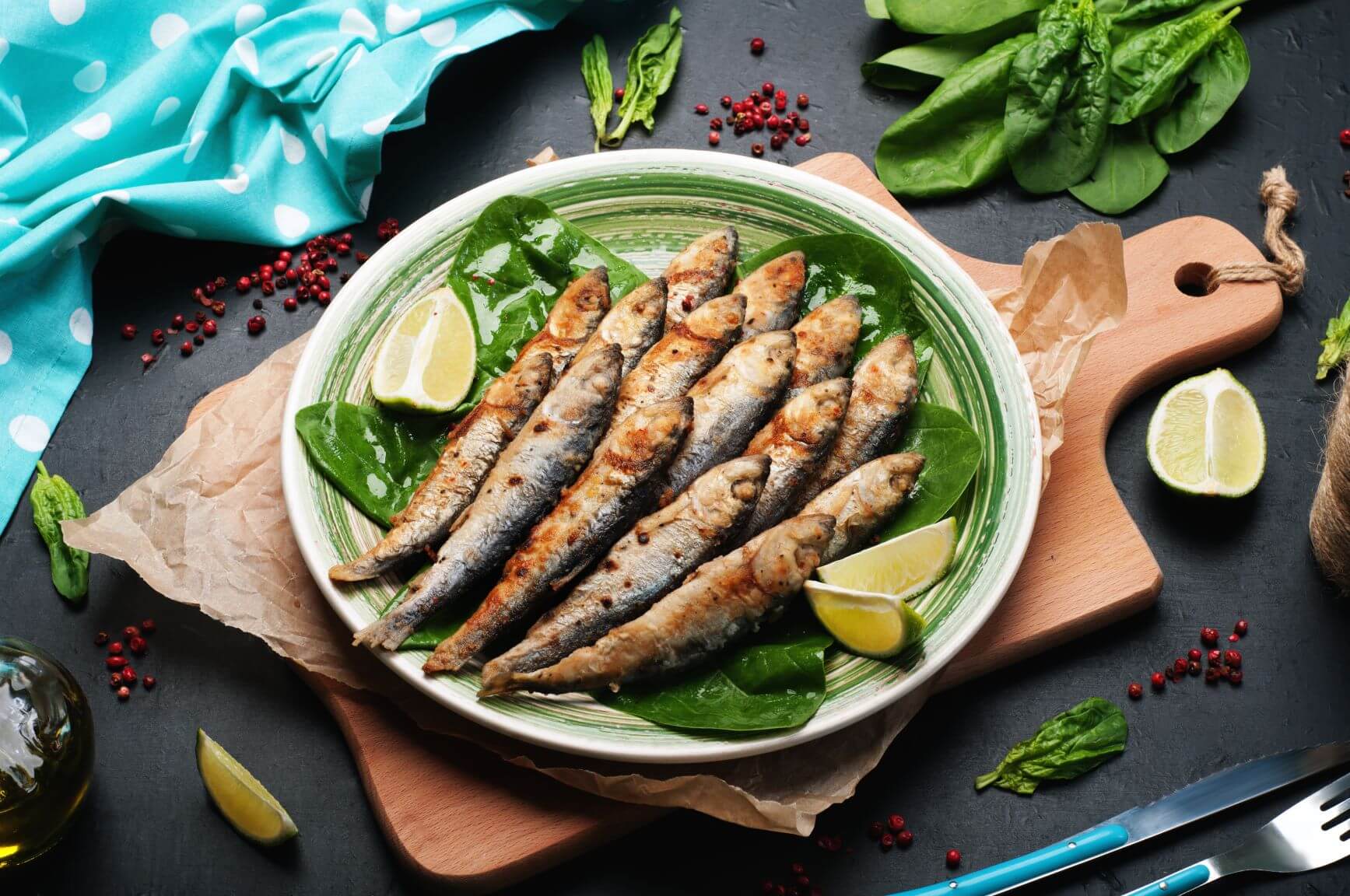Lifestyle
How to Eat Fish Sustainably

Let’s be clear, fish giveth and fish taketh away. We all know the benefits of fish consumption–it’s full of lean protein, heart-healthy oils, vitamins, and minerals. But what you might not know is that any fish consumption comes at some environmental cost. The fish supply is dwindling due to overfishing, degradation of marine habitat, and pollution. So, what can you do? How can you enjoy the benefits of fish consumption without harming the environment? Just click here to find the different yet fresh species of fish and kinds of seafood to avoid the hassle of finding the quality.
When it comes to the environmental impact of fisheries, it is tough to argue that things are all right. The marine species that are at risk are numerous, ranging from popular species like tuna, salmon, and cod to the obscure deep-sea fish in the Antarctic. But there are still ways you can make sustainable seafood choices.
Carefully choose the species
How does one decide which fish are suitable for consumption? The selection may seem very tempting at the fish market, but unless you are an expert, it can be hard to make considerations beyond prices or how it looks. This is particularly if you are looking to buy your fish from the market. Because to be honest, who knows the exact state of the freshness of each fish in each stall?
My wife and I were long-distance long term while she was working in Alaska. While working there, she got a job on a fishing boat for a year-long stint….and had to buy a freezer which was about half the size of your kitchen. In that little freezer, she managed to send me a care package of four different types of fish that were caught fresh from the sea and then individually frozen…just for me.
It’s healthy, and it tastes good, and the best thing is that it comes from the sea. So why not eat plenty of fish? Because there are tons of different types: salmon, tuna, cod, shrimp, sardines… It’s hard to know which are the healthiest. They all come in canned form, but canned products are heavily processed. On the other hand, fresh fish isn’t always available near where people live or work. Also, you can’t keep fresh fish for several days at home.
Better to eat organic
Organic farmed fish appears to be the answer to the unsustainable mass-farming of fish. This form of farming uses lots of wild fish for feed and causes lots of pollution, plus the lack of use of antibiotics is an added bonus. A new study has found that organic salmon, trout, sea bass, cod are more nutritious than their counterparts that are fed on wild fish or other animals.
SRA certified restaurants
I am no gourmet, but I do like fish. And sushi. And if the fish I’m eating is certified by Marine Stewardship Council (MSC), then that’s just perfect. We all eat sushi now and again, yet many people are not knowledgeable about their fish. A recent study showed that restaurants in the US mislabeled 32 percent of seafood samples. Half of the tested restaurants failed to provide correct information on what types of seafood they labeled tuna. Over 61 percent of the fish was misidentified as white tuna (albacore) when it was actually escolar.

-

 Business3 years ago
Business3 years agoHow to Do Long-Distance Moves with Children
-

 Travel2 years ago
Travel2 years agoQuick Guide: Moving To Santa Rosa?
-

 Real Estate3 years ago
Real Estate3 years agoWhy Dubai Festival City is a Great Neighbourhood for Young Learners
-

 Business3 years ago
Business3 years agoIs Guest Posting a Good Inbound Marketing Strategy?
-

 Business1 year ago
Business1 year agoThe Ultimate Guide To Thriving In Your Printing Franchise
-

 Business1 year ago
Business1 year agoExploring The Benefits And Challenges Of Restaurant Franchising
-

 Tech3 years ago
Tech3 years agoCyber Table That Will Change Your Life
-

 Lifestyle1 year ago
Lifestyle1 year agoDallas’ Hidden Gems: 6 Must-Try Restaurants Off The Beaten Path!









Recent Comments